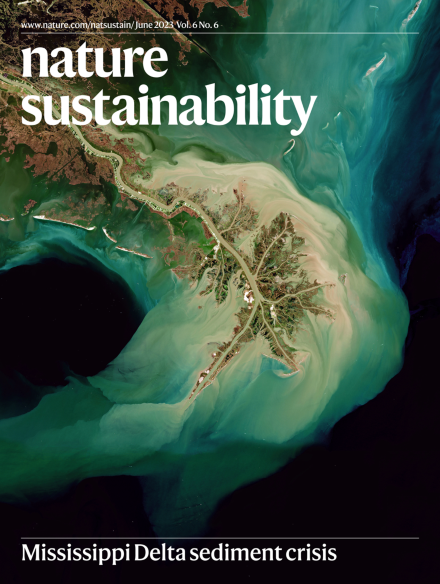Leveraging biodiversity to maximize nutrition and resilience of global fisheries
IF 27.1
1区 环境科学与生态学
Q1 ENVIRONMENTAL SCIENCES
引用次数: 0
Abstract
Wild fish harvests from freshwaters and oceans per person on Earth have been stagnating for decades due to increased food demand from a burgeoning global human population, raising the stakes for maximizing the nutritional benefits from limited fish stocks. Here we adopt an allocation optimization approach using biogeographic and nutrient data for the world’s fishes to identify ideal portfolios of species for consumption in every country. We find that, across nations, biodiversity increases opportunities to fulfil multiple nutritional requirements with less fish biomass. This advantage emerges through complementarity among species; portfolios of complementary species provide >60% more nutrients than the same biomass of the most nutrient-rich species. Moreover, biodiverse fisheries enable harvest allocation towards species with traits enhancing fishery resilience (for example, small size, low trophic position) and offer greater redundancy, whereby a wider range of comparably nutritious species is available. Our analysis underscores that conserving fish biodiversity can improve nutrition and fishery resilience while reducing harvest pressure on already-stressed aquatic ecosystems. Marine and freshwater fisheries around the world have had stagnating stocks due to increased demands in food from a growing human population. Authors here assess how biodiversity levels of fisheries around the world can be leveraged to maximize nutrients provided with less biomass.

利用生物多样性,最大限度地提高全球渔业的营养和复原力
几十年来,由于全球人口迅速增长对食物的需求不断增加,地球上从淡水和海洋中获得的野生鱼类的人均产量一直停滞不前,这加大了从有限的鱼类资源中最大限度地获取营养价值的风险。在这里,我们采用了一种分配优化方法,利用世界鱼类的生物地理和营养数据来确定每个国家消费的理想物种组合。我们发现,在各国,生物多样性增加了以较少的鱼类生物量满足多种营养需求的机会。这种优势通过物种间的互补性出现;互补物种的组合比同等生物量的最富营养物种多提供60%的营养。此外,生物多样性渔业能够将收获分配给具有增强渔业复原力特征的物种(例如,小尺寸、低营养地位),并提供更大的冗余,从而提供更广泛的同等营养物种。我们的分析强调,保护鱼类生物多样性可以改善营养和渔业恢复力,同时减少对已经承受压力的水生生态系统的捕捞压力。由于不断增长的人口对食物的需求增加,世界各地的海洋和淡水渔业的存量停滞不前。作者在这里评估了如何利用世界各地渔业的生物多样性水平,以最大限度地利用较少的生物量提供的营养。
本文章由计算机程序翻译,如有差异,请以英文原文为准。
求助全文
约1分钟内获得全文
求助全文
来源期刊

Nature Sustainability
Energy-Renewable Energy, Sustainability and the Environment
CiteScore
41.90
自引率
1.10%
发文量
159
期刊介绍:
Nature Sustainability aims to facilitate cross-disciplinary dialogues and bring together research fields that contribute to understanding how we organize our lives in a finite world and the impacts of our actions.
Nature Sustainability will not only publish fundamental research but also significant investigations into policies and solutions for ensuring human well-being now and in the future.Its ultimate goal is to address the greatest challenges of our time.
 求助内容:
求助内容: 应助结果提醒方式:
应助结果提醒方式:


